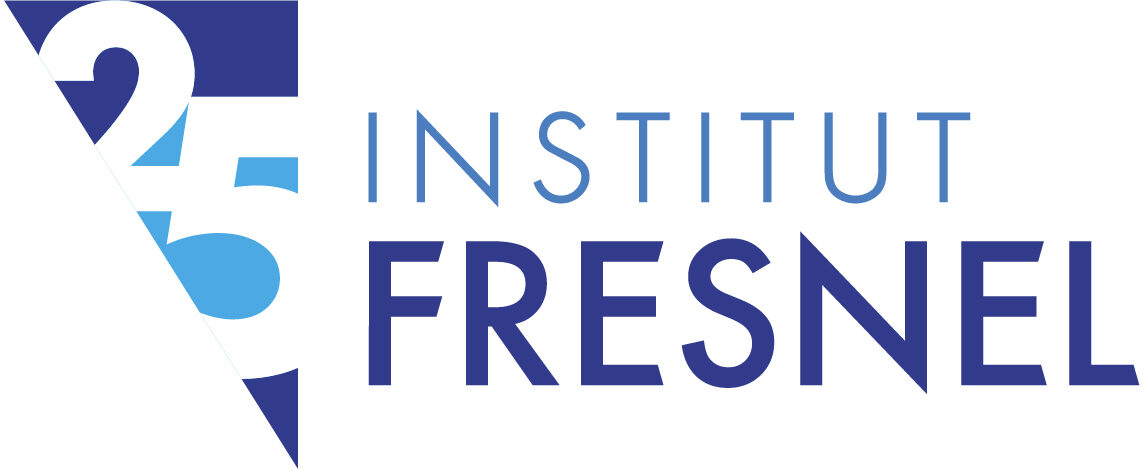
Prithu ROY, after the Doctoral School “ED352 prize”, has obtain AMU Thesis 2024 prize on April 4 during an official ceremony.
The prize, awarded by President Eric Berton during a major scientific evening (04/04/25), rewards 16 new PhDs each year, as well as a number of leading scientists who have been declared ‘Doctor Honoris Causa’ of Aix Marseille University.
Prithu thesis entitled “Reaching Ultimate Sensitivity of Autofluorescence Spectroscopy on Label-Free Single Proteins with Deep-Ultraviolet Nanophotonics” is available here on HAL : https://theses.hal.science/tel-04505904
Abstract : Single-molecule fluorescence studies have emerged as indispensable in biophysical research. Unlike ensemble measurements, which provide average outcomes over numerous molecules, single-molecule studies allow for the observation of individual molecular behaviors. However present studies relies on use label which are bright fluorescent molecules attached to analytes. It is reported that labelling sometimes leads to alteration inmolecular dynamics of analytes like proteins. Thus investigation of proteins’ intrinsic nature is crucial for understanding their functions and interactions. This thesis explores advanced methods of label-free UV autofluorescence spectroscopy, aiming to discern and study proteins at the molecular level without any external labeling.Using ultraviolet spectroscopy and nanophotonics, proteins can be observed without labeling, and their kinetics at the single-molecule level can be detailed. Initially, the work investigates the literature of single-molecule approaches, label-free techniques, and the potential of UV autofluorescence spectroscopy. Particular emphasis is given to challenges like low autofluorescence signal and the intricacies of UV microscope objectives. The next chapter delves into the functionality of Zero-ModeWaveguides (ZMWs), detailing their ability to observe single molecules at micro-molar concentration. Techniques to amplify the signal from proteins are discussed, focusing on a UV horn antenna, a unique nanophotonic structure, which magnifies the light emitted by proteins within the ZMWs. In the subsequent chapter, achieving optimum sensitivity is emphasized, touching on the challenges of detecting proteins with single tryptophan residues. As the research progresses, efforts shift to amplifying the UV autofluorescence signal. Through the use of Localized surface plasmons, it becomes possible to considerably augment this signal. The investigation then showcases Rhodium as a pivotal material for UV autofluorescence enhancement. The final chapter highlights efforts to further refine the UV autofluorescence signal using the concept of gap plasmons, coupled with the challenges in nanofabrication and material requirements for UV nanophotonics. Conclusively, this research presents a robust label-free UV autofluorescence technique, capable of detecting even a single protein containing just one tryptophan residue. Achieving this feat involved optimizing advanced nanophotonic structures, buffer chemistry adjustments, and exploring non-conventional materials for protection against UV corrosion. The culmination of this work pushes the boundaries of UV spectroscopy, ushering in a new realm of protein study at the single-molecule level.


